2024 Porsche Panamera Refines the Big Sedan, Ditches the Wagon

The theme for the third-gen luxo-sedan: incremental improvements.
Porsche on Friday revealed the third generation of its Panamera luxury sedan. With steady upgrades to the chassis, engine lineup, cabin, and technology, the Panamera looks to be a bit better at just about everything.
The design is certainly familiar. Up front, the headlight shape is slightly more angular, yet houses thoroughly upgraded lighting elements. The matrix LED design can beam light almost 2,000 feet (600 meters) down the road, and can selectively adjust the beams to avoid blinding oncoming traffic. Porsche has tweaked the bumper design, which more closely follows the curve of the headlights into a taller, more upright intake area. There's just a little more Macan and Cayenne to the face now, at least to our eyes.
That comparison translates to the rear too, where the Panamera's taillight design is now a uniform thickness—also like the '24 Cayenne. Porsche has tidied up the flanks too, with a subtle, body-color vent aft of the front wheels. There's a more pronounced pinch between wheel arches and pillars too, for a stronger profile. The Turbo models gain a unique dark bronze tint to various trim pieces, as well as the new matte gray "Turbonite" metal for the Porsche crest and other bits.
Ah, the Turbo. At launch Porsche unveiled three models: the Turbo E-hybrid, Panamera, and Panamera 4. The former sticks to a (refined) 4.0-liter twin-turbo V8, paired with a more powerful electric motor and 25.9-kilowatt-hour battery pack. The electric motor is now integrated directly into the transmission housing (an eight-speed PDK) for weight savings. Combined outputs are 670 horsepower and 685 pound-feet of torque, translating to a dash to 62 mph (100 km/h) in 3.2 seconds.
The Panamera and Panamera 4 both use a more powerful version of the corporate 2.9-liter V6. The turbo six-pot now puts down 348 hp and 368 lb-ft. Shifting up to highway speeds now takes 5.1 seconds for the rear-drive base model; the Panamera 4 shaves off 0.3 seconds.
The Panamera Executive continues on, a long-wheelbase model that adds 5.9 inches (150 millimeters) in length, for a total of 204.8 inches (5,202 mm). Sadly, the Sport Turismo is no more: the take rate for the wagon was just too low to justify.
Under the skin, Porsche is making its twin-chamber air suspension with Porsche Active Suspension Management (PASM) standard. The company says the system now features a broader range between its different drive modes: more comfortable and sportier. The E-hybrid model also gains Porsche Active Ride, an adaptive setup that increases that spread.
Larger changes are afoot in the cabin, where the Panamera adopts a cleaner, modern look. It's very Taycan, what with the digital instrument cluster, larger infotainment screen, and big central air-con vent. The Panamera eschews the lower climate control screen for a combo of touch-sensitive and good old-fashioned physical controls, similar to the panel we've seen on the new Cayenne. To make room for this, the shifter has gone shy, tucked behind the steering wheel a la Taycan.
The infotainment system runs the latest Porsche UX, which continues to run wireless Android Auto and Apple CarPlay. The latter gets new powers, as car functions such as climate controls and ambient lighting will be available directly within CarPlay or with the use of Siri.
More driver assists are also on the menu, including a smart speed limiter. Porsche's InnoDrive adaptive cruise control also gains an evasive lane change feature. Finally, a remote parking assist is available via smartphone.
The 2024 Porsche Panamera will debut next spring, at a starting price of $99,900 ($116,300) before destination charges. Moving up to the Panamera 4 is a $7,000 upgrade in the US, and $4,300 CAD in Canada. Expect Turbo E-hybrid pricing later.
Become an AutoGuide insider. Get the latest from the automotive world first by subscribing to our newsletter here.

Kyle began his automotive obsession before he even started school, courtesy of a remote control Porsche and various LEGO sets. He later studied advertising and graphic design at Humber College, which led him to writing about cars (both real and digital). He is now a proud member of the Automobile Journalists Association of Canada (AJAC), where he was the Journalist of the Year runner-up for 2021.
More by Kyle Patrick




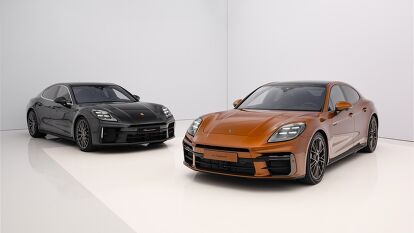













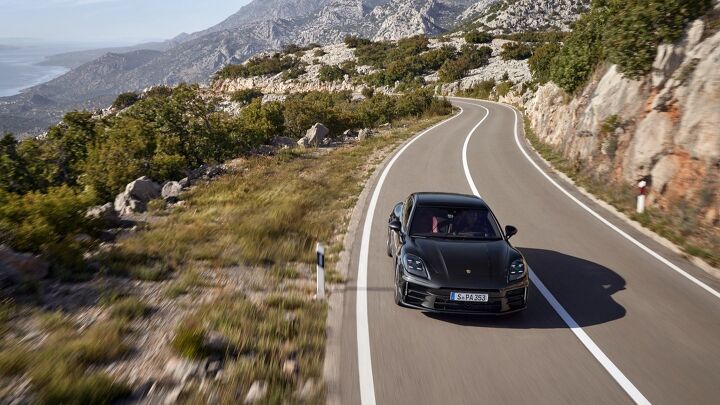















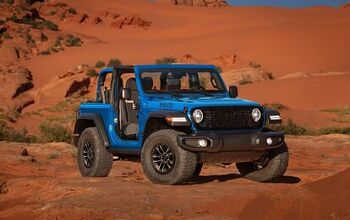


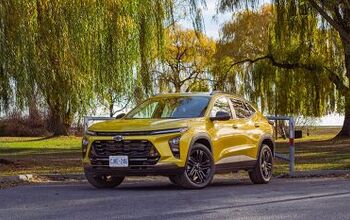
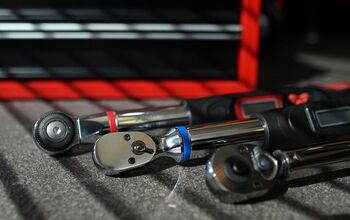
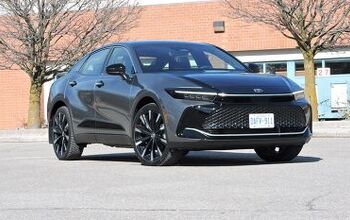
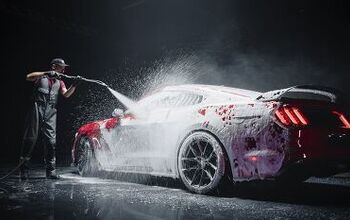
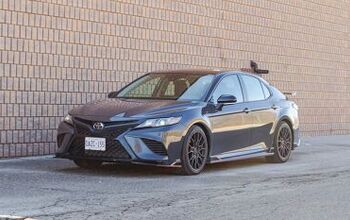


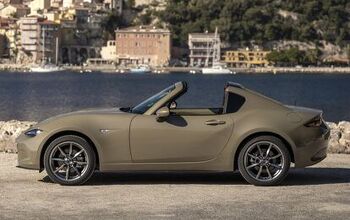
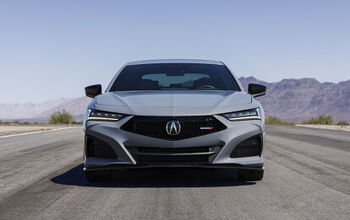


Comments
Join the conversation